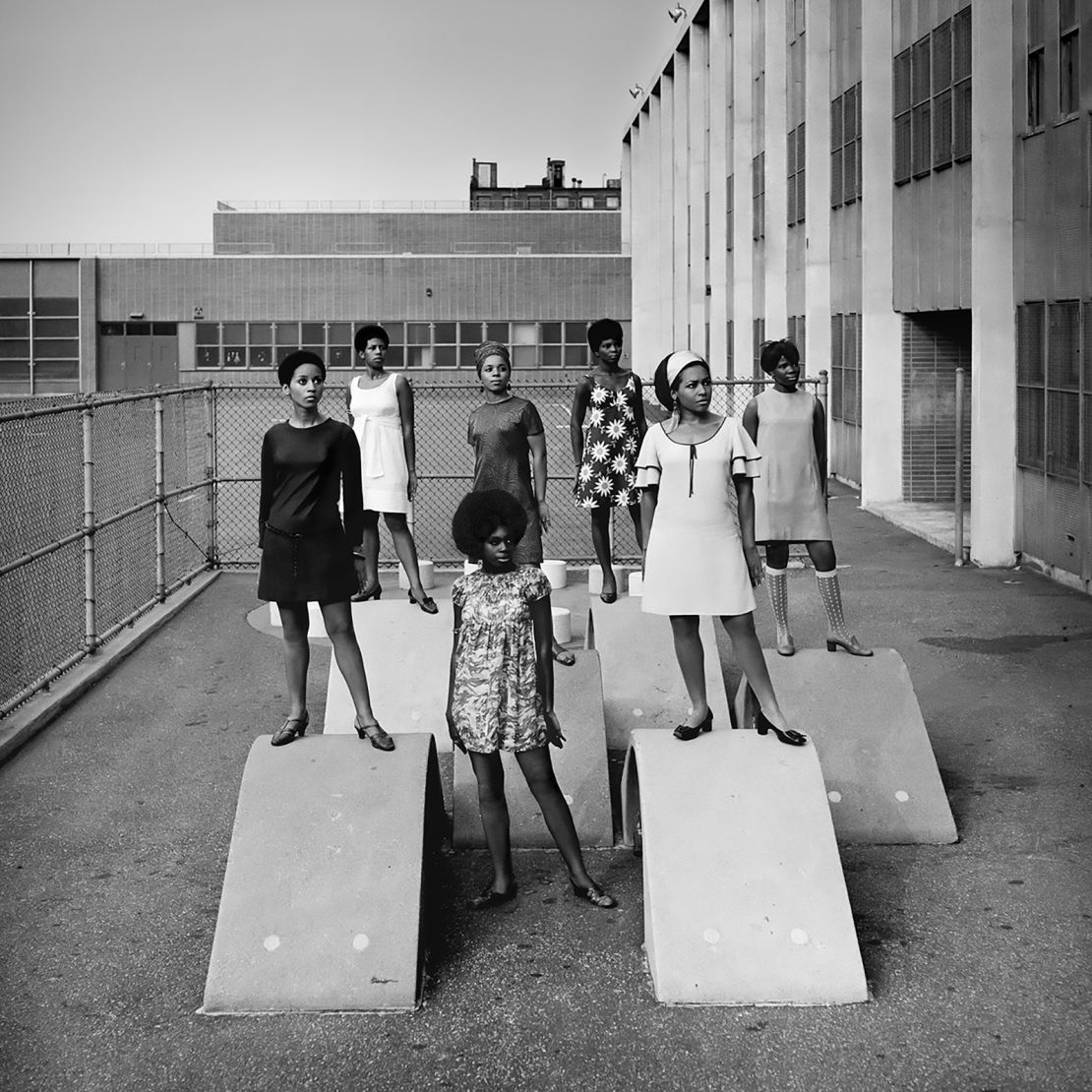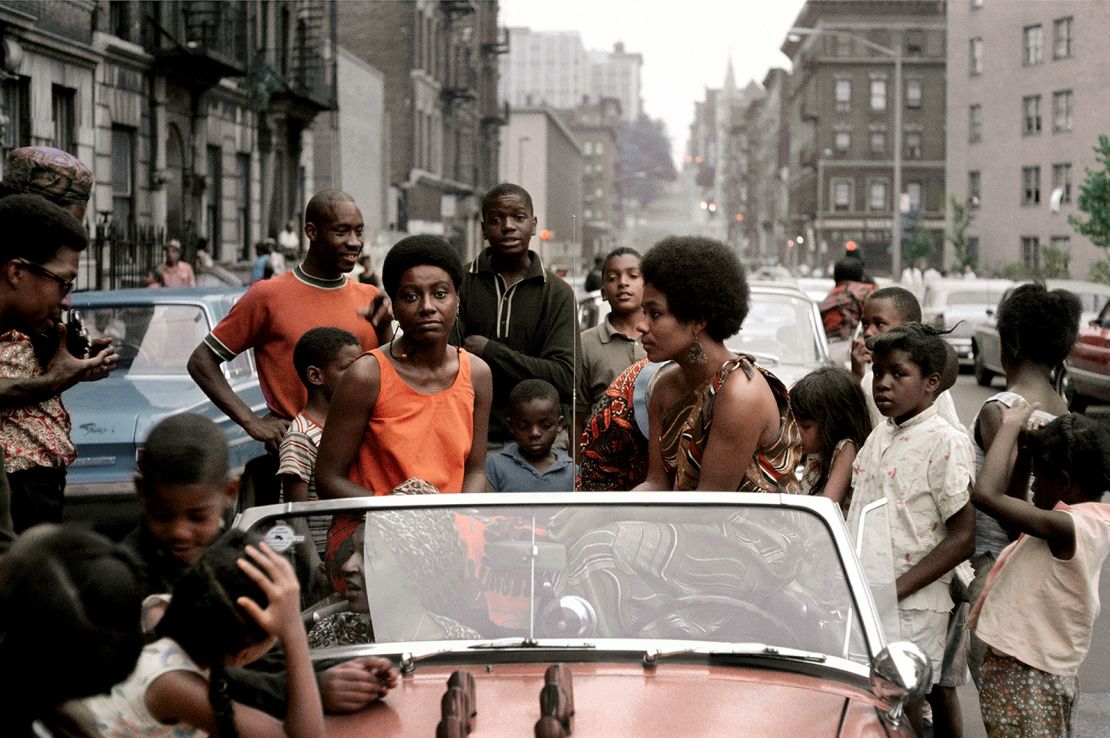Editor’s Note: This article was originally published by The Art Newspaper, an editorial partner of CNN Style.
CNN
—
Kwame Brathwaite, a pioneering activist and photographer whose work helped define the aesthetic of the “Black is Beautiful” movement of the 1960s and beyond, died on April 1 at the age of 85.
His son, Kwame Brathwaite, Jr, announced his father’s passing in an Instagram post that read in part: “I am deeply saddened to share that my Baba, the patriarch of our family, our rock and my hero, has passed away. transition. »
Brathwaite’s work has been the subject of renewed interest from curators, historians and collectors in recent years, and his first major institutional retrospective, organized by the Aperture Foundation, debuted in 2019 at the Skirball Cultural Center in Los Angeles before touring the country.
Brathwaite was born in 1938 to Barbadian immigrants, in what he called “the People’s Republic of Brooklyn” in New York, although his family moved from there to Harlem and then the South Bronx when Brathwaite was 5 years old. He attended the School of Industrial Art (now the High School of Art and Design) and, according to profiles of Brathwaite in T Magazine and Vice, was drawn to photography for two moments. The first occurred in August 1955, when a 17-year-old Brathwaite discovered David Jackson’s haunting photograph of a brutalized Emmett Till in his open coffin. The second time was in 1956, when — after he and his brother Elombe co-founded the African Jazz Arts Society and Studios (AJASS) — Brathwaite saw a young man taking photos in a dark jazz club without using of flash, and his mind lit up with the possibility.

Using a Hasselblad medium format camera, Brathwaite attempted to do the same, learning to work with limited light in ways that enhanced the visual narrative of his images. He would soon also develop a darkroom technique that would enrich and deepen the appearance of black skin in his photographs, perfecting this practice in a small darkroom in his Harlem apartment. Brathwaite went on to photograph jazz legends performing throughout the 1950s and 1960s, including Miles Davis, John Coltrane, Thelonious Monk and others.
“You want to feel the feeling, the vibe that you get when they’re playing,” Brathwaite told Aperture Magazine in 2017. “That’s the thing. You want to capture that.
In the early 1960s, alongside the rest of AJASS, Brathwaite began using his photographic and organizational prowess to consciously oppose whitewashed and Eurocentric beauty standards. The group came up with the idea of the Grandassa Models, young black women that Brathwaite would photograph, celebrating and accentuating their features. In 1962, AJASS organized “Naturally ’62”, a fashion show held at a Harlem club called Purple Manor and featuring the models. The exhibition would be held regularly until 1992. In 1966 Brathwaite married his wife Sikolo, a model from Grandassa whom he had met on the street the previous year when he asked if he could do her portrait. The two remained married for the rest of Brathwaite’s life.

In the 1970s, Brathwaite’s focus on jazz shifted to other forms of popular black music. In 1974, he traveled to Africa with the Jackson Five to document their tour, also photographing the historic “Rumble in the Jungle” boxing match between Muhammad Ali and George Foreman in what is now the Democratic Republic of Congo that same year. Commissions from this era also saw Brathwaite photograph Nina Simone, Stevie Wonder, Sly and the Family Stone, Bob Marley and other music legends.
Throughout the decades that followed, Brathwaite continued to explore and develop his mode of photography, through the lens of the “Black is Beautiful” philosophy. In 2016, Brathwaite joined the Philip Martin Gallery in Los Angeles and continued photographing commissions until 2018, when he photographed artist and stylist Joanne Petit-Frère for The New Yorker.
T Magazine’s 2021 profile, published on the occasion of Brathwaite’s retrospective at the Blanton Museum of Art in Austin, Texas, noted that the photographer’s health was deteriorating to the point that he could not be interviewed for the ‘article. A separate exhibition, “Kwame Brathwaite: Things Well Worth Waiting For,” is currently on view at the Art Institute of Chicago, where it will remain until July 24.
Top image: Kwame Brathwaite, “Untitled (Sikolo Brathwaite, Orange Portrait),” 1968
Cnn
